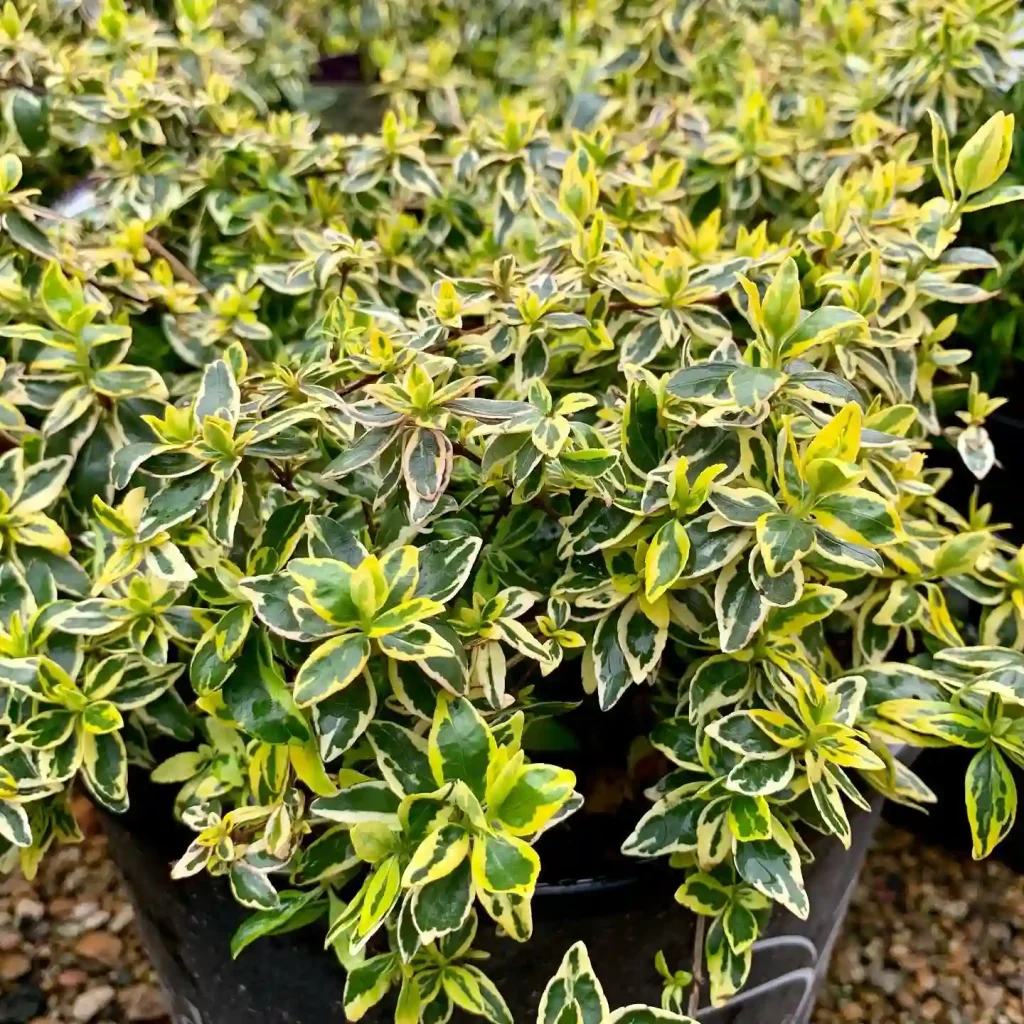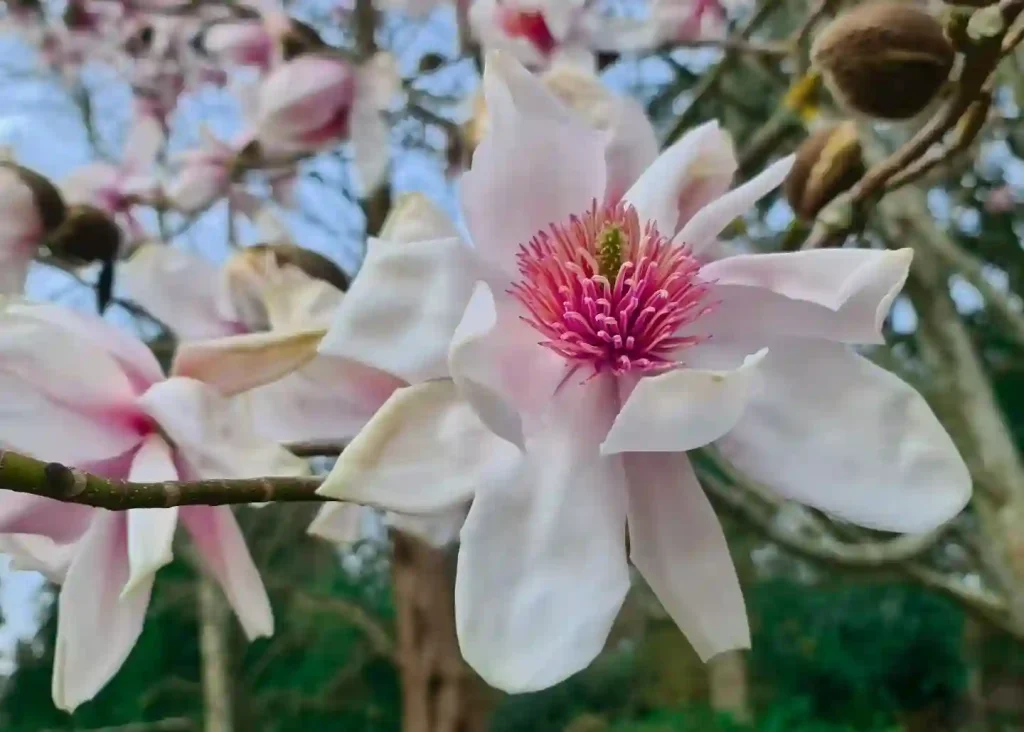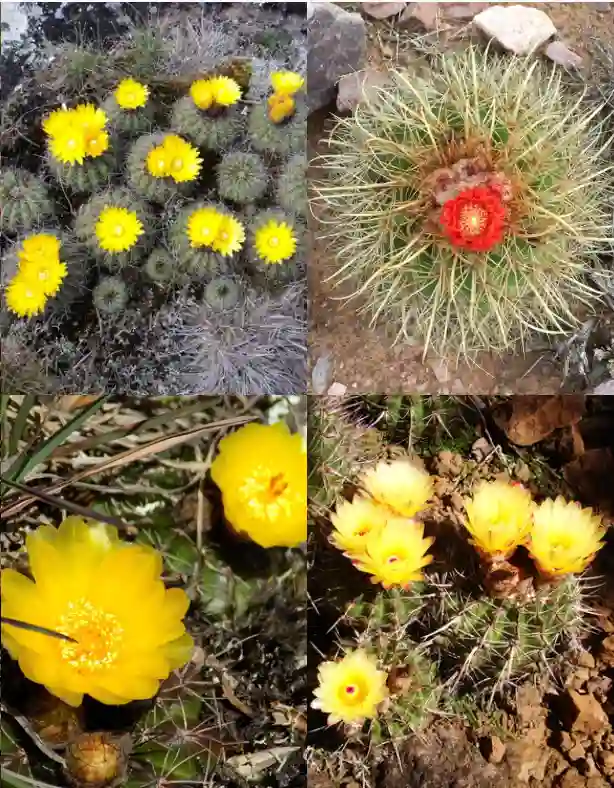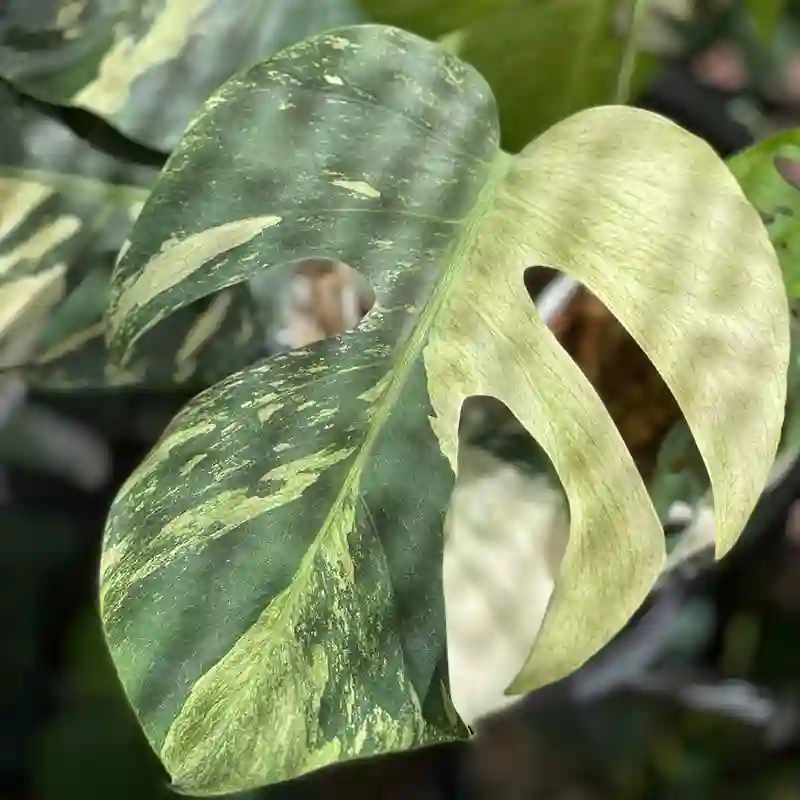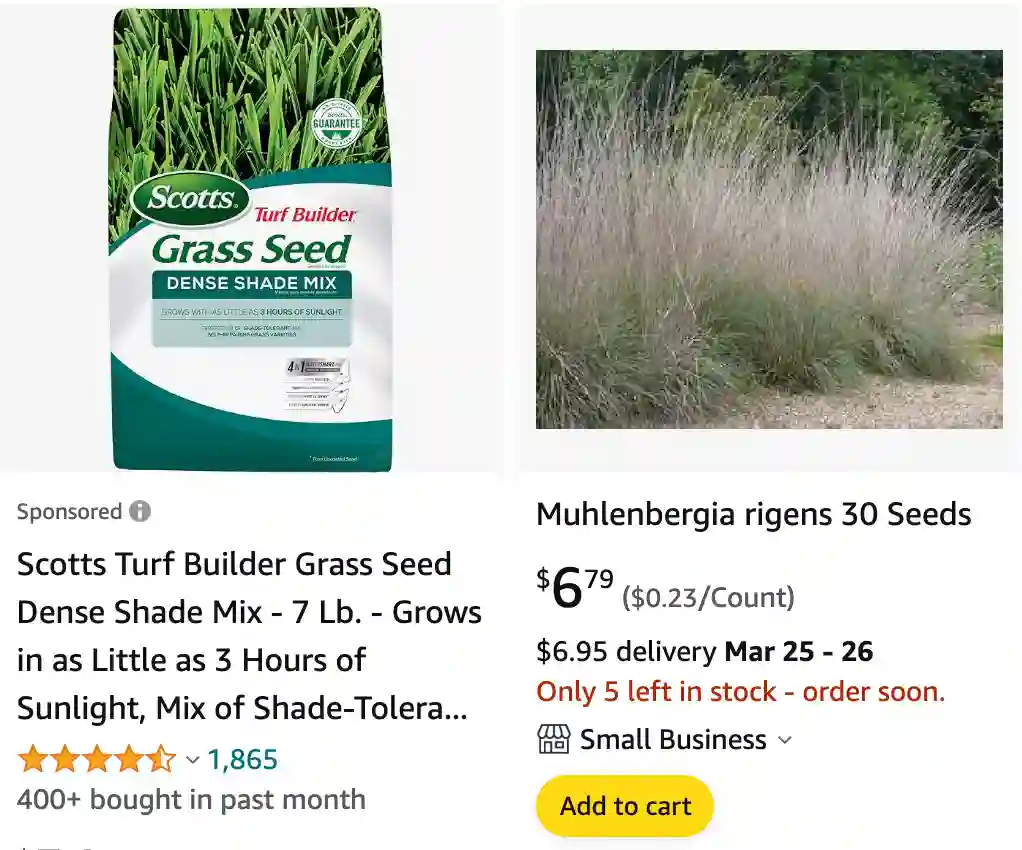
Deergrass in My Desert Oasis: A Gardener’s Guide to Muhlenbergia Rigens
As a desert gardener, I’m always on the lookout for plants that thrive in our hot, dry climate. Recently, I’ve been captivated by Muhlenbergia rigens, commonly known as Deer Grass. Its airy green foliage and graceful flower plumes add a touch of elegance to any xeriscape. But before I plunked one down in my yard, I had some questions. Would it survive the harsh desert sun? More importantly, would it be safe for my resident desert tortoise, Shelly?
176 Species in Genus Muhlenbergia
In this article, I’ll delve into the world of Muhlenbergia rigens, sharing my learnings and hopefully helping other desert gardeners decide if this ornamental grass is a perfect fit for their dry landscapes.
What is Muhlenbergia Rigens?
Muhlenbergia rigens, native to the Southwestern United States and parts of Mexico, is a warm-season perennial bunchgrass. It forms a dense clump of slender, pointed leaves that range from bright green to pale silver-green. But the real showstopper comes in late summer when airy flower stalks emerge, topped with delicate, feathery blooms. These wispy plumes dance in the desert breeze, adding a touch of movement and texture to the landscape.
Beyond its aesthetics, Deer Grass boasts several qualities that make it ideal for desert gardens:
- Low-water needs: This drought-tolerant plant thrives on minimal irrigation, making it a water-wise choice for arid regions.
- Sun worshipper: Deer Grass basks in the desert sun, adding a pop of color and life to sunny spots in your yard.
- Low maintenance: Once established, Muhlenbergia rigens requires minimal care, freeing you up to enjoy your desert oasis.
- Wildlife friendly: The airy structure of the plant provides shelter for small creatures, attracting beneficial insects like butterflies and ladybugs to your garden.
Is Deer Grass (Muhlenbergia rigens) safe for desert tortoise?
This was a crucial question for me, as Shelly, my beloved desert tortoise, enjoys roaming freely in my yard. After some research, I was relieved to learn that Muhlenbergia rigens is considered non-toxic to tortoises. In fact, its native habitat often overlaps with desert tortoise populations. While Deer Grass might not be Shelly’s first choice for a gourmet meal, it’s perfectly safe for her to graze on occasionally.
Is Muhlenbergia Rigens an Autotroph?
If you’re a plant nerd like me, you might be curious about the scientific side of things. Muhlenbergia rigens is indeed an autotroph. This means it gets its energy from photosynthesis, using sunlight, water, and carbon dioxide to produce its own food (sugars). This self-sufficiency makes it a valuable addition to any desert ecosystem, contributing to the overall health and balance of the environment.
How to plant and care for Muhlenbergia Rigens?
Now that we’ve established Muhlenbergia rigens’s suitability for desert gardens, let’s explore how to bring this beauty to your own space:
- Choosing the right spot: Select a location that receives full sun. Deer Grass thrives in well-drained soil, so avoid planting in areas that stay soggy after watering. Sandy soils are ideal, but Muhlenbergia rigens can adapt to a variety of soil types with proper drainage.
- Planting: The best time to plant Deer Grass is in the spring or fall, when temperatures are mild. Dig a hole slightly larger than the root ball and amend the soil with some compost if needed. Water the plant thoroughly after planting.
- Watering: Once established, Deer Grass requires minimal supplemental watering. Deep watering every few weeks during the hottest months of summer should suffice. Allow the soil to dry completely between waterings.
- Feeding: Fertilization is generally not necessary for Deer Grass. In fact, too much fertilizer can encourage excessive growth and weaken the plant.
- Pruning: In late winter or early spring, cut back the dead foliage to about an inch above the ground. This will encourage new growth and maintain the plant’s attractive shape.
Adding Beauty and Harmony with Muhlenbergia Rigens: Companion Planting Ideas
Deer Grass blends beautifully with other desert plants, creating a cohesive and visually appealing landscape. Here are some ideas for companion planting:
- Cacti and succulents: The contrasting textures of Muhlenbergia rigens’ soft foliage with the bold forms of cacti and succulents create a stunning visual effect.
- Wildflowers: Combine Deer Grass with native wildflowers to create a vibrant and colorful meadow-like atmosphere.
- Shrubs: Plant Muhlenbergia rigens at the base of low-growing shrubs like desert holly (Lycium pallidum) or creosote bush (Larrea tridentata). The soft green foliage of the grass complements the silvery-grey tones of these shrubs, adding depth and dimension to the planting scheme. Deer Grass can also be used to soften the edges of rock gardens, creating a natural transition between hardscape and softscape elements.
With its low-maintenance requirements, wildlife-friendly qualities, and stunning aesthetics, Muhlenbergia rigens is a fantastic choice for desert gardeners. So, if you’re looking for a plant that thrives in the heat, adds a touch of elegance to your xeriscape, and is safe for your shelled companions, look no further than Deer Grass. With a little planning and care, you can bring a touch of desert magic to your own backyard oasis.
If i die, water my plants!
